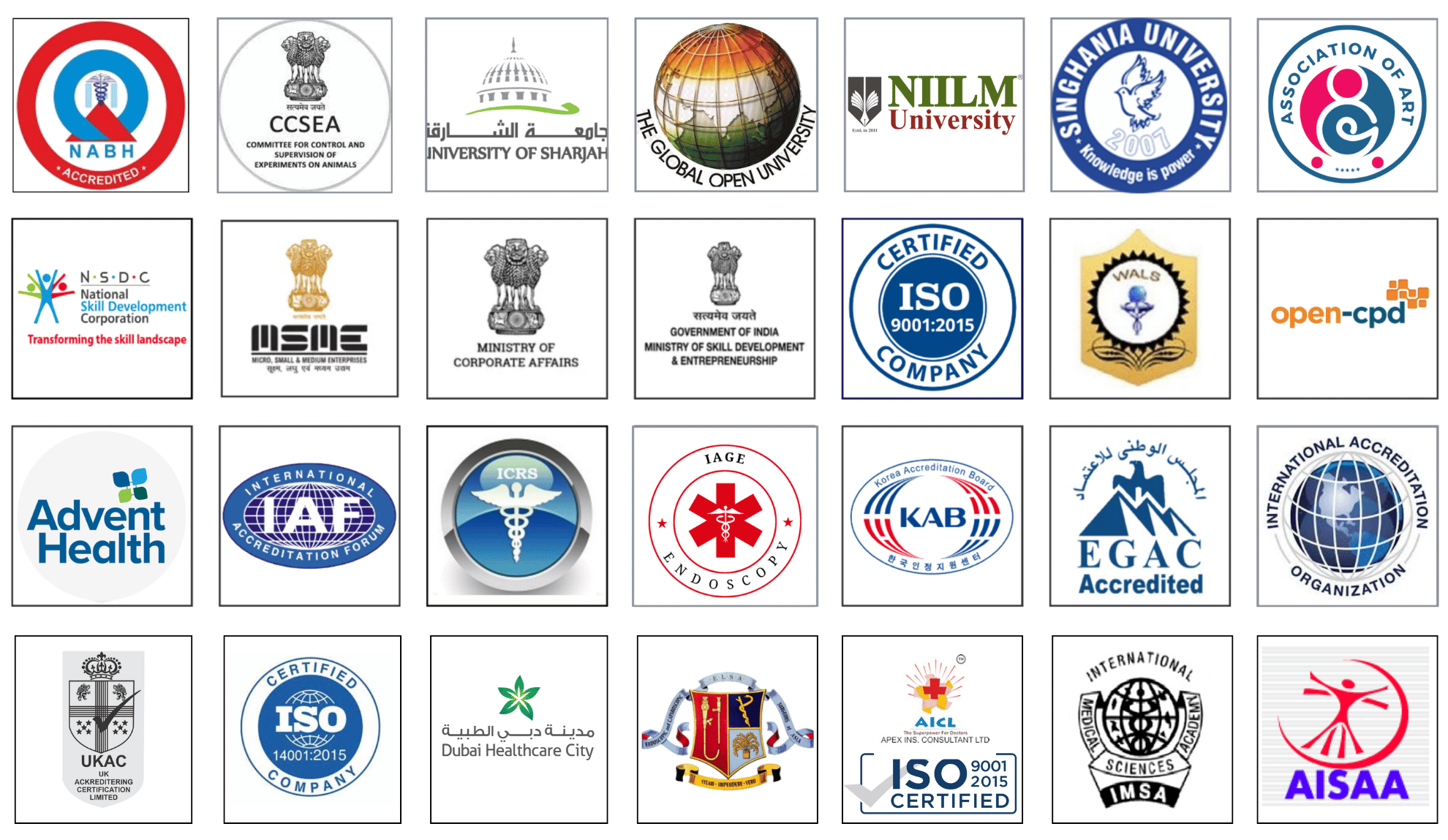Video of Introduction to Minimal Access Surgery: A Modern Approach to Safe and Precise Surgical Care
In this video, we will discuss that The evolution of surgical science has witnessed a remarkable transformation with the advent of Minimal Access Surgery (MAS)—a technique that emphasizes precision, safety, and faster recovery through small incisions and advanced instrumentation. In this video titled "Introduction to Minimal Access Surgery: A Modern Approach to Safe and Precise Surgical Care," we explore the core principles, benefits, and applications of MAS, highlighting why it has become the preferred method for a wide range of procedures across the globe.
What is Minimal Access Surgery?
Also known as laparoscopic or keyhole surgery, Minimal Access Surgery is a technique where surgical procedures are carried out using small incisions through which a laparoscope (a high-definition camera) and specialized instruments are introduced. The camera transmits magnified images to a monitor, allowing the surgeon to operate with high precision while minimizing trauma to the patient’s body.
Benefits of Minimal Access Surgery
Smaller Incisions and Less Scarring
Unlike traditional open surgeries, MAS leaves tiny scars which are often barely visible, enhancing cosmetic outcomes.
Faster Recovery
Patients experience less pain, reduced hospital stays, and a quicker return to daily activities.
Reduced Blood Loss and Lower Risk of Infection
Minimal tissue disruption leads to better hemostasis and fewer postoperative complications.
Better Visualization
The magnified, high-resolution view allows for greater surgical accuracy and safety during delicate procedures.
Cost-Effective in the Long Term
Although the equipment may be advanced, the overall shortened hospital stay and reduced complications contribute to lower healthcare costs.
Common Procedures Performed Using MAS
Laparoscopic Cholecystectomy (gallbladder removal)
Laparoscopic Appendectomy
Total Laparoscopic Hysterectomy (TLH)
Laparoscopic Hernia Repair (TAPP, TEP)
Colorectal, Bariatric, and Urological Surgeries
With advancements in robotic-assisted surgery, fluorescence imaging (ICG), and 3D laparoscopy, MAS continues to expand into even more complex areas of surgical intervention.
Why This Video Matters
This video serves as a comprehensive introduction for patients, students, and young surgeons to understand the significance of MAS in modern medicine. Whether you’re preparing for surgery, pursuing surgical training, or simply curious about new medical technologies, this video will help demystify the approach and show how minimal access is maximizing patient care worldwide.
Conclusion
Minimal Access Surgery represents a major leap in surgical innovation—offering a safer, cleaner, and quicker alternative to open procedures. As techniques and technology continue to evolve, MAS will remain at the forefront of modern surgical practice.
Watch the full video to learn how this revolutionary technique is changing lives across the globe. Don’t forget to like, comment, and subscribe for more insightful content on laparoscopic and robotic surgery.
No comments posted...
| Older Post | Home | Newer Post |





